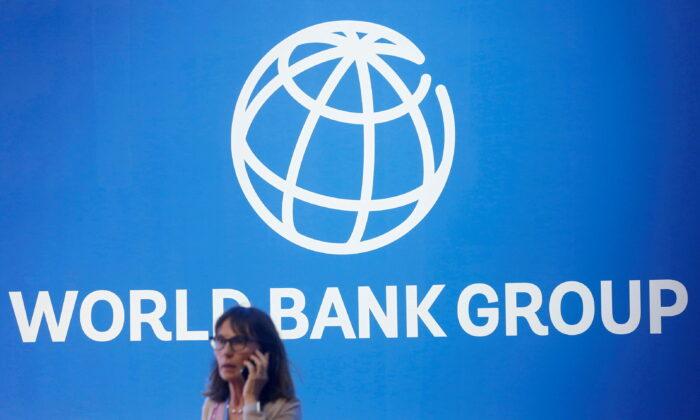The international lender slashed its global economic growth forecast by close to half, to 1.7 percent, led by slowing growth in the world’s top economies of the United States, Europe, and China. This estimate is down from its previous prediction of 3 percent six months ago.
If accurate, the projection would represent the third-weakest annual expansion in about 30 years, just behind the COVID-19 pandemic-induced recession and the 2008–2009 financial crisis.
The report warns that worldwide inflation might not moderate or could even be pushed higher by renewed supply disruptions. That, the report notes, would force central banks to lift policy interest rates higher and faster, adding to financial stress.

According to the World Bank, the United States might avoid a recession in 2023, anticipating that growth will come in at 0.5 percent, down from the last forecast of 2.2 percent. Meanwhile, the European Union’s economy isn’t expected to grow, while experts are penciling in a 4.3 percent expansion in China.
The study’s authors warn that the global economic downturn would weigh heavily on emerging markets and developing economies, which are already forecast to decelerate to 2.7 percent amid elevated inflation, tighter financial conditions, currency depreciation, and various economic headwinds.
“The risks that we warned of six months ago have materialised and our worst-case scenario is now our baseline scenario,” World Bank economist Ayhan Kose said. “The world’s economy is on a razor’s edge and could easily fall into recession if financial conditions tighten.”
“For most of the world economy, this is going to be a tough year, tougher than the year we leave behind,” she stated. “Why? Because the three big economies—U.S., EU, China—are all slowing down simultaneously.”
Bleak Times Ahead for the World Economy?
Many financial institutions, organizations, and economists think the world economy could come to a grinding halt this year, either with a recession or sluggish growth.S&P Global has mild recessions in the United States and Europe as its base case, but moderate expansions in the Middle East, Asia Pacific, and Africa will help the global economy this year.
“With the winter set to aggravate China’s COVID problems and Europe’s natural gas crisis, the global growth outlook remains depressed, but we do not see the global economy at imminent risk of sliding into recession in early 2023. The financial conditions drag is being cushioned by a fading of supply chain and commodity price shocks,” said Bruce Kasman, head of economic and policy research at JPMorgan.
“Circumstances warrant considering a range of scenarios. The dominant event across different scenarios presented is a U.S. recession ... but the timing of this break, the path of Fed policy and the reverberations for the rest of the world vary.”
According to Morgan Stanley, the global GDP growth rate will reach 2.2 percent, and the U.S. economy will hold steady at just 0.5 percent.
Lei Wang, the portfolio manager for international equity at Thornburg Investment Management, thinks it will be a ripple effect for the three major economies.
“We all recognize growth in the U.S. or Europe are slowing down and the consumer will probably be tied up with budget in the coming years,” Wang noted. “The Chinese export demand will be slowing down. Instead of being the push or stimulate the Chinese economy, will be a drag for the economy.”





